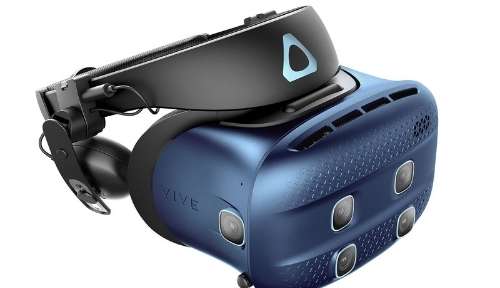Virtual reality development has really slowed in recent years and recent progress is not exactly recent. This is more than likely due to public disappointment, further due to the high expectations created by media sensationalisation.
Thankfully, virtual reality lives on in popular culture as a heavy influence on many consumer products that are in use today. These range from games to revolutionary input devices.
Virtual Worlds
Virtual worlds combine the power of 3D graphics and the internet, giving users the ability to create new versions of themselves literally within a virtual world.
Second Life, arguably the most popular of these games, has seen massive successes, which includes creating millionaires out of some of their long-time and most dedicated players. This is made possible by their own currency and exchange rates.
Virtual worlds have become so popular, laws have been extended to include property acquired on them.
Input Devices
In a similar thread of thought, modern input devices have been massively influenced by virtual reality and may become the corner stone of further virtual reality developments. Some of these include:
- Microsoft’s Kinect – This device uses a camera to track a player’s movements, which are then reflected in-game.
- Wii Controls – The Wii, mostly due to its controls, took the world by storm. Using a controller, which can be latched to the hand, movement becomes a form of input.







